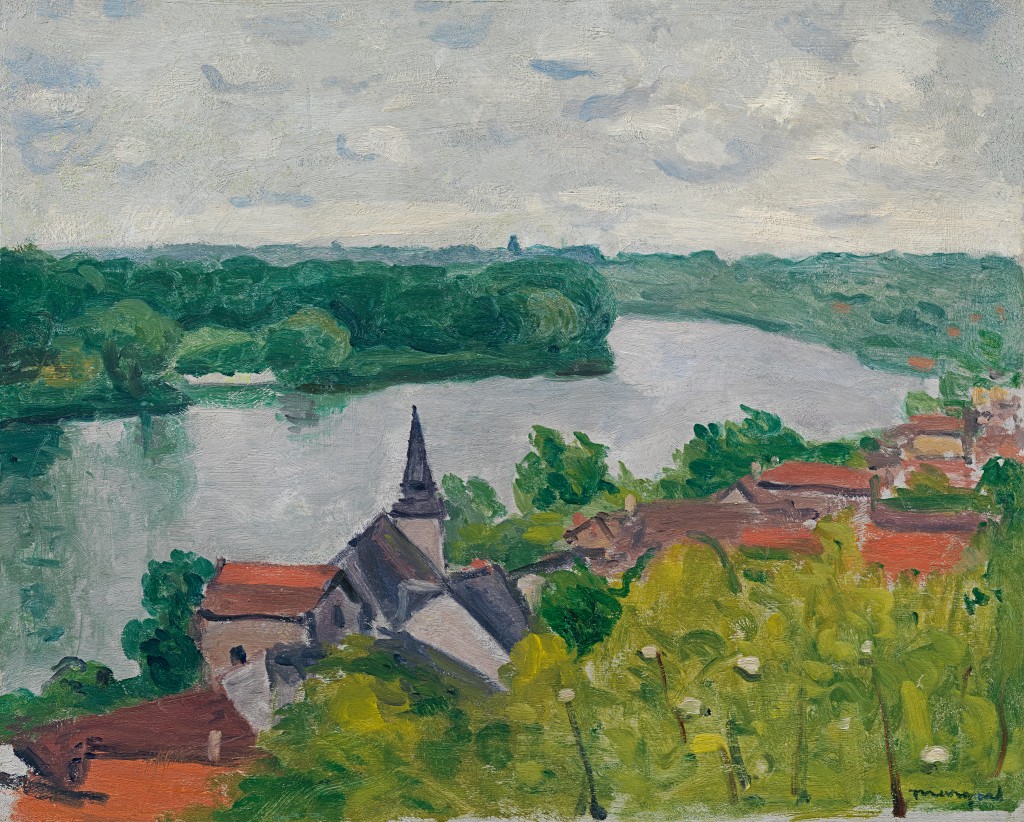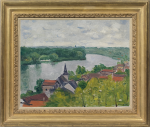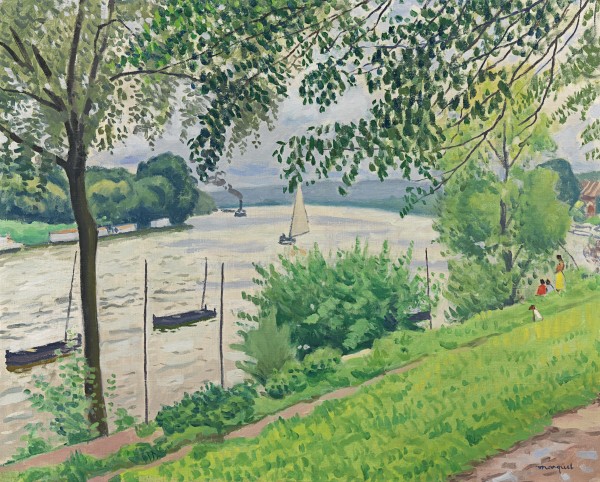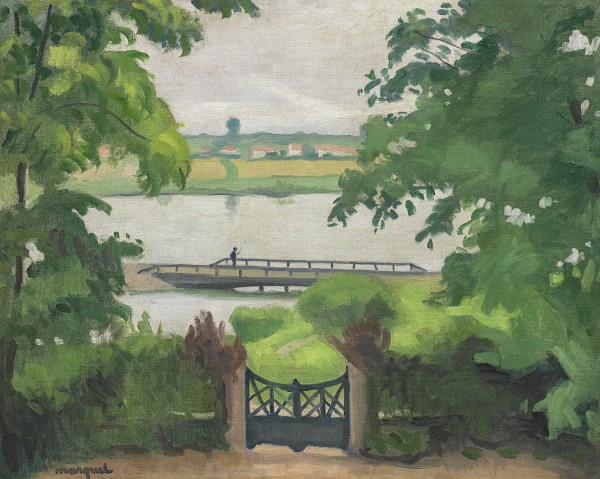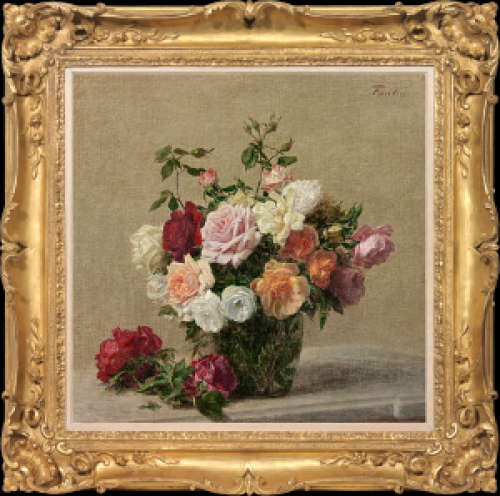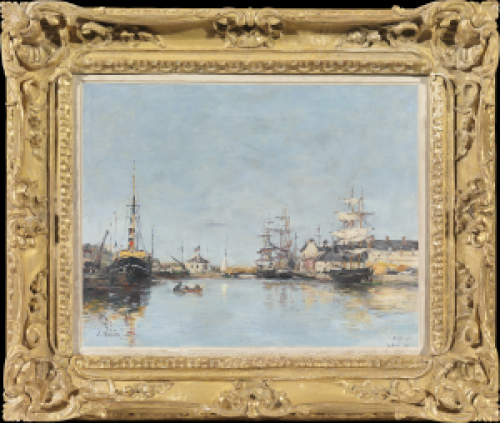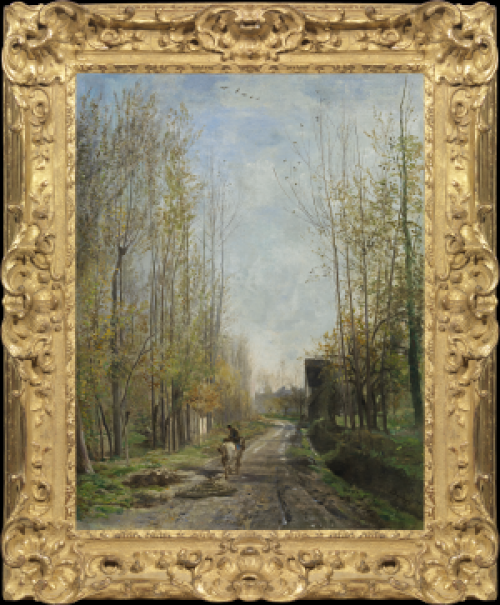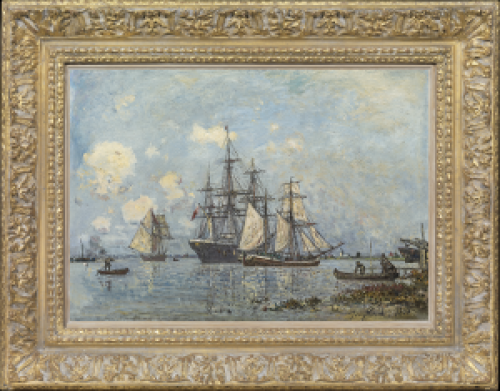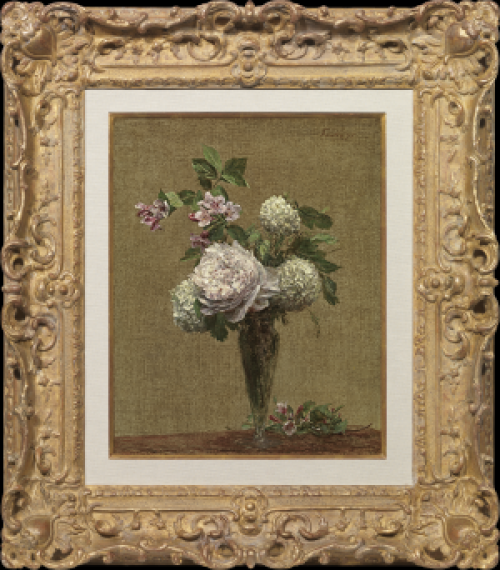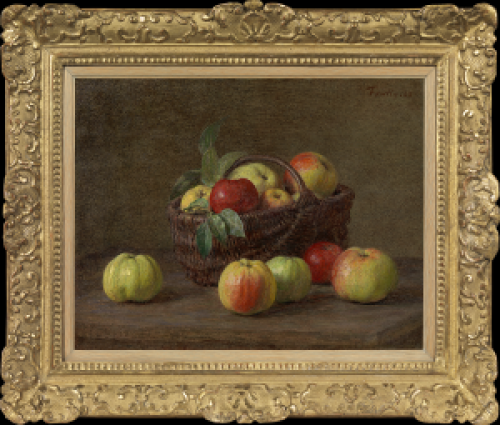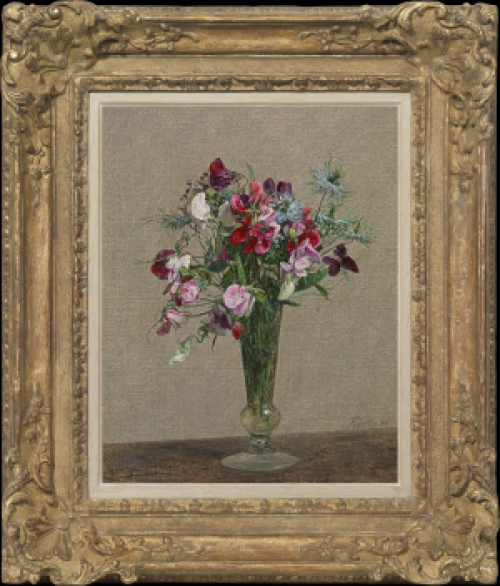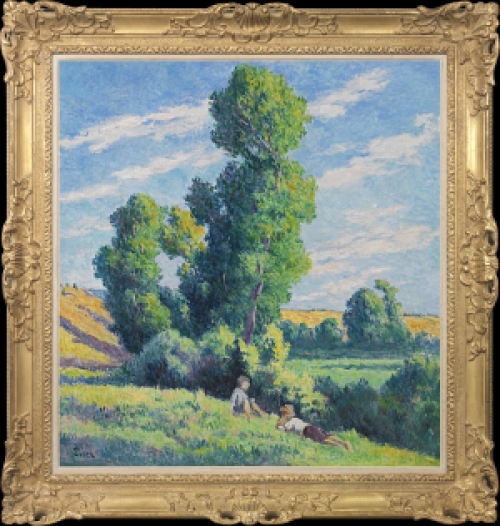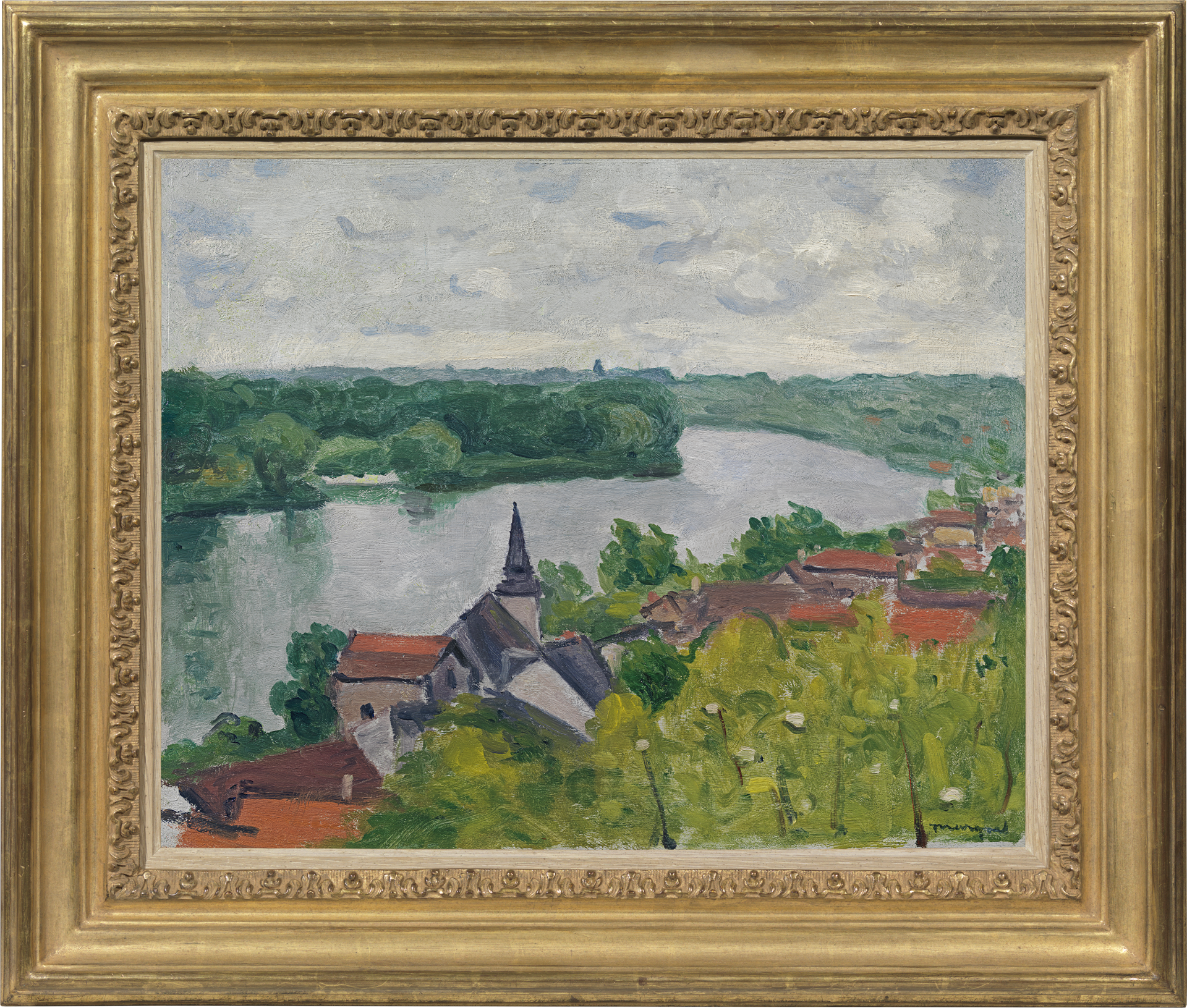ALBERT MARQUET
Bordeaux 1875 - 1947 Paris
Ref: CB 132
Le village de La Frette
Signed lower right: marquet
Oil on panel: 13 x 16 in / 33 x 40.6 cm
Frame size: 19 x 22 in / 48.3 x 55.9 cm
Painted circa 1939-40
Provenance:
Robert Damond, Paris, c.1956;
by descent to a private collection, Paris
To be included in the forthcoming Digital Catalogue Raisonné of the work of Albert Marquet currently being prepared by the Wildenstein Plattner Institute, Inc., ref. 23.01.26/21145
Albert Marquet lived on the banks of the Seine most of his life and became celebrated for his sensitive observation of Paris and its river. Fascinated by water, ports and coastline, he was also an inveterate traveller, visiting England, the USSR and North Africa, among other places, as well as exploring his native France.
As a young man in the studio of Gustave Moreau, Marquet forged friendships with Camoin, Rouault, Manguin and Matisse. They burst upon the Salon d’Automne in 1905 with vibrant colours and bold brushwork, leading a critic to dub them ‘Fauves’ (Wild Beasts). Marquet was closely associated with this group in the early years of the twentieth century. By the time that this painting was made, around 1939, Marquet had forged a highly individual manner influenced by aspects of Impressionism, the work of Cézanne and the graceful economy of Japanese landscape painting.
In Le village de La Frette, Marquet chooses a viewpoint above the fourteenth century church of St Nicolas, its spire silhouetted against the grey-blue of the Seine. A subtle colourist, he balances the deep emerald green of the distant landscape and the yellow-green of the foreground vegetation with touches of salmon-red – a favourite colour – for the town roofs. Marquet’s composition is broad and serene, his brushwork free and fluid, contrasting the geometry of the architecture with the exuberance of nature, all under the silvery light of northern France.
La Frette-sur-Seine, known as ‘la Perle du Val d’Oise’, lies about twelve miles north-west of Paris, easily reached by the railway lines that fanned out from the capital in the nineteenth century. Its picturesque setting attracted Paul Cézanne and Paul Signac, among many other artists. Marquet rented a house overlooking the riverbank in 1938. He spent the years of the Second World War between Paris, La Frette, the South of France and Algeria, quietly aiding the Résistance and the Forces Françaises Libres. After the War, Marquet and his wife Marcelle divided their time between Paris and La Frette. Marcelle said that La Frette was where Marquet felt most at home, and he is buried in the cemetery there, on the top of a hill overlooking his beloved Seine.
ALBERT MARQUET
Bordeaux 1875 - 1947 Paris
Albert Marquet was born in Bordeaux in 1875, the son of a railway employee. He went to Paris to study at the Ecole des Arts Décoratifs at the age of fifteen. Six years later he joined the studio of Gustave Moreau, where he met and forged lasting friendships with Camoin, Rouault, Manguin and Matisse. During this period Marquet began to use the vibrant colours and bold brushwork that is characteristic of the Fauves with whom he was closely associated. He exhibited at Berthe Weill and the Galerie Druet, Paris from 1902 and from 1903 at the Salon d’Automne.
After 1907 Marquet’s interest in Japonisme resulted in more sober works. He travelled extensively, frequently leaving his apartment on the banks of the Seine to visit England, Germany, Italy, the USSR, Scandinavia and North Africa, where he spent the years of the Second World War. He met his wife Marcelle Martinet, whom he married in 1923, on his first stay in Algiers in 1920.
The most profound influence on his work is that of the Impressionists and Post-Impressionists, notably Paul Cézanne. Like the Impressionists his favourite subjects were port scenes, beaches, quaysides, river views and coastal villages; he was particularly fascinated by the effect of light on water.
André Rouveyre, a fellow student in Gustave Moreau’s atelier, wrote: ‘Marquet reigns over the kingdom of light. The light that shines on the things of this world, of course, but also that which belongs to his pictures alone: a strangely regal quality that comes from his sensitivity and wisdom. Skies, hills, houses, streets all bathe in his subtle but intense lights’.
The work of Albert Marquet is represented in the Musée d’Orsay, Paris; the Centre Pompidou, Paris; the Musée des Beaux-Arts, La Rochelle; the Musée de Grenoble; the Hermitage, St Petersburg; Tate, London; the Metropolitan Museum of Art, New York; the Art Institute of Chicago and the National Gallery of Art, Washington DC.


